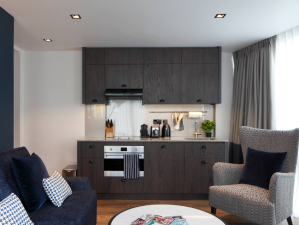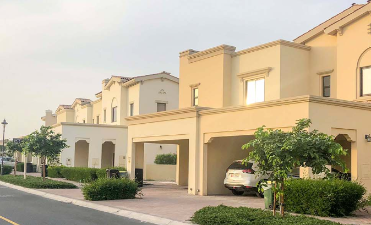The differences between serviced apartments and hotels can be primarily determined by comparing room facilities, amenities, target customer groups, and price.

Room Facilities
Serviced apartment rooms are typically larger, often significantly larger, than hotel rooms. A simple way to distinguish between serviced apartment and hotel rooms is to see whether non-suite rooms have kitchens. The decor, space, and amenities of a serviced apartment room immediately suggest it's suitable for families or long-term stays.
Serviced apartment rooms can easily exceed 40 to 50 square meters, while suites can easily exceed several dozen or even hundreds of square meters. Hotel rooms are smaller, with most four- and five-star hotels offering a basic room size of around 30 to 35 square meters, rarely exceeding 40 to 50 square meters. Kitchens are rarely found in suites and above, making them less suitable for long-term stays.
Serviced apartment rooms utilize more space and have more partitions, rarely creating a spacious feel.
Hotel rooms, on the other hand, tend to have fewer partitions, prioritizing overall comfort over space utilization.
Services and Amenities
Serviced apartments offer similar amenities to hotels. However, compared to hotels of the same caliber, serviced apartments tend to have simpler and smaller facilities.
For example, serviced apartments may have smaller swimming pools, simpler gyms, smaller meeting rooms, fewer restaurants, and fewer multi-function and banquet halls.

Target Customer Group
Serviced apartments offer simpler services, such as housekeeping and concierge services, compared to hotels of the same caliber.
Overall, serviced apartments target long-term stays, or even monthly or annual leases. They enjoy the luxury of a serviced apartment at a lower cost, while owners also experience reduced daily service costs. Hotels target business travelers and tourists, who rarely stay for extended periods, and some may choose to rent suites on a monthly basis.
Price
Serviced apartment prices are generally similar to those of hotels of the same caliber, with one focusing on room amenities and the other on amenities. There is a big difference. The prices of serviced apartments tend to be more stable, while hotels are more affected by conferences and concerts. Moreover, the price discounts for long-term stays in serviced apartments may be greater.



